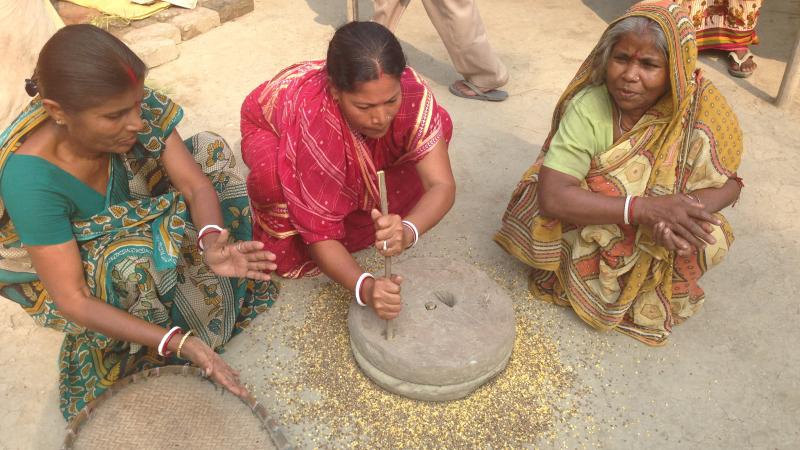Decreasing grasspea toxicity and increasing its agricultural uptake

A versatile crop that can withstand extreme heat, drought, and is resistant to insect infestations, grasspea has nevertheless been discouraged as a cultivation crop throughout South Asia because its long-term consumption can be dangerous for human health. Improved cultivars are making this hardy pulse an increasingly viable option.
Grasspea is a vital subsistence crop for resource-poor farmers in much of South Asia. A versatile pulse, it’s often planted as a relay crop, can be used for human food, animal feed, and can enrich soil health by re-balancing nitrogen and carbon. Additionally, it is a source of protein and one of the cheapest pulses on the market, making it more accessible to low-income consumers.
Widely grown throughout Bangladesh (covering over 300,000 ha), and in over five states in India (in about 650,000 ha), it nevertheless faces reluctant uptake by farmers and landowners. This is primarily because its long-term consumption (as in the case of famine), can lead to brain damage and paralysis, due to the presence of the neuro-toxin ODAP in traditional grasspea varieties.
In collaboration with the Indian Council of Agricultural Research (ICAR), and funding from India's National Food Security Mission (NFSM), the OCP-Foundation and Harvest Plus, ICARDA has developed and begun to distribute low-toxin or toxin-free grasspea varieties, which have also increased harvest yields (up to 43% from traditional varieties).
Bangladesh recently released four grasspea varieties, two of which were supplied by ICARDA’s genebanks (Barikhesari-3 and Barikhesari-4). In India, improved varieties have been distributed to 13,000 farmers in 868 villages in five states. A total of 19,000 farmers including 4,867 women farmers, were trained in improved production and detoxification practices, storage, and other value-added methods.
It is hoped that all of these interventions will further encourage the uptake of this hardy crop and provide increased stability to the food security of India, Bangladesh, and their South Asian neighbors.
This initiative was funded by ACIAR, OFID and Harvest Plus.
